Robotics
The latest news and reporting on robotics, from cutting-edge research to robovacs.
Latest

Sharp's latest RoBoHon robot can't walk, but hey it's only $715
The cute Japanese robots keep coming. Sony's adorable Aibo pups are already on to their sixth litter and now Sharp is upgrading its RoBoHon line, too. In case you need reminding, that's the robot smartphone that -- like all good droids -- can sing and dance. Along with pricey LTE and WiFi-only models, the second-gen RoBoHon range includes a cheaper "seated" bot that costs 79,000 yen plus tax (around $715). Of course, that means it can't walk, but it will still be able to bust-a-move to certain songs using the top half of its body. Users can also manually move its legs to make it stand upright.

Mastering Jenga taught this robot real-world physics
Artificial intelligence is already better than humans at video games, quiz shows and an ancient Chinese board game. Next up, the bots are coming for Jenga. In a newly-published paper, scientists from MIT describe how they taught a robot real-world physics and a practical sense of touch by unleashing it on the tricky tower-building game. Why Jenga? Because unlike purely cognitive games that rely on visual cues, such as chess or Go, Jenga "requires mastery of physical skills such as probing, pushing, pulling, placing and aligning pieces," claims MIT's Prof Alberto Rodriguez.

Uber is hiring robotics teams to work on bikes and scooters
Uber is only gradually resuming its self-driving car program, but it's already thinking about expanding that technology to its two-wheeled services. The Telegraph has discovered that Uber is hiring for a "micromobility robotics" team that would bring "sensing and robotics technologies" to shared bikes and scooters. While the exact plans aren't clear, the newspaper believed this would lead to rides that park themselves -- important when carelessly parked scooters are a plague in some cities.

Researchers train robot dog to pick itself back up after a fall
Researchers have taught a robot dog to overcome one of the toughest challenges for a four-legged droid: how to get back up after a fall. In a paper published in the Science Robotics journal, its Swiss creators describe how they trained a neural network in a computer simulation to make the ultimate guard bot. Then they went and kicked the canine around in real life (because that's what researchers do) to see if their technique worked. It did: the robot's digital training regimen made it 25 times faster, more resilient, and able to adapt to any given environment, according to the team.

Sony takes a different tack at CES 2019
Sony's CES was a different one to previous years. The company's new strategy seems to focus on its prowess in movies and music to elevate its products. That made for an unusual press event, but Sony has a plan. Head of Communications, Cheryl K. Goodman elaborates on how the company wants to make all the moving parts work together, whether that's cameras, OLED TVs, mobile, PlayStation or everything else. Goodman is joined by a second guest, robo-puppy Aibo, who's celebrating its first birthday since its reinvention. We talk upgraded robot pets and what's next.

Toposens drew inspiration from bats for its low-cost sensors
Stick with us here for a second: if you're building a robot or an autonomous car, you're going to need some sensors to help your creation "see" what's around it. 3D-sensing cameras will do the trick, as will laser-based systems, but German startup Toposens is trying something a little different. Instead, Toposens has built (relatively) inexpensive sensors that map their surroundings using 3D ultrasound -- a worldwide first, if they're to be believed.

MIT can shrink 3D objects down to nanoscale versions
It's difficult to create nanoscale 3D objects. The techniques either tend to be slow (such as stacking layers of 2D etchings) or are limited to specific materials and shapes. MIT researchers might have a better way -- they've devised a technique for making nanoscale versions of 3D objects using a wide variety of materials and shapes. The team ultimately reversed a process for imaging brain tissue, whittling a relatively large object down to a creation one thousandth its original size.

NVIDIA's $1,100 AI brain for robots goes on sale
NVIDIA's plan to power autonomous robots has kicked off in earnest. The company has released a Jetson AGX Xavier Module that gives robots and other intelligent machines the processing oomph they need for their AI 'brains.' You're not about to buy one yourself -- it costs $1,099 each in batches of 1,000 units. However, it could be important for delivery robots and other automatons that need a lot of specialized performance with relatively little power use.

MIT researchers create a robot houseplant that moves on its own
Despite our best intentions, keeping a houseplant alive can be a struggle for a lot of us. But that vague wave of sadness you feel when you end up unceremoniously dumping your potted pal in the bin is about to reach a new and slightly disturbing level, as researchers from MIT have found a way to use robotics to tap into plants' human-like characteristics.

LG drafts in its TV chief to save its mobile business
LG is shaking things up with a leadership change to its troubled mobile unit and the launch of two new divisions, dedicated to robotics and autonomous vehicles respectively. The company's smartphone arm has suffered seven consecutive quarters of operating losses. Hoping for a revival, LG is handing the keys to the division to its home entertainment boss, Brian Kwon, who takes charge starting next month.
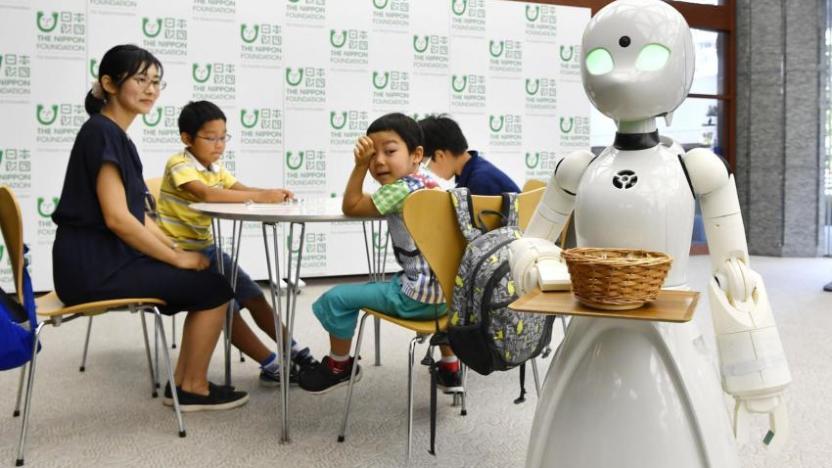
Tokyo cafe to use robot waiters operated by people with physical disabilities
Japan is taking steps to fight social isolation by employing robots in as many aspects of life as possible. After introducing autonomous robots in various roles in a hospital and a number of nursing homes and schools, a cafe in Tokyo will soon open with robotic waiters controlled remotely by people with physical disabilities who wouldn't be able to work otherwise.
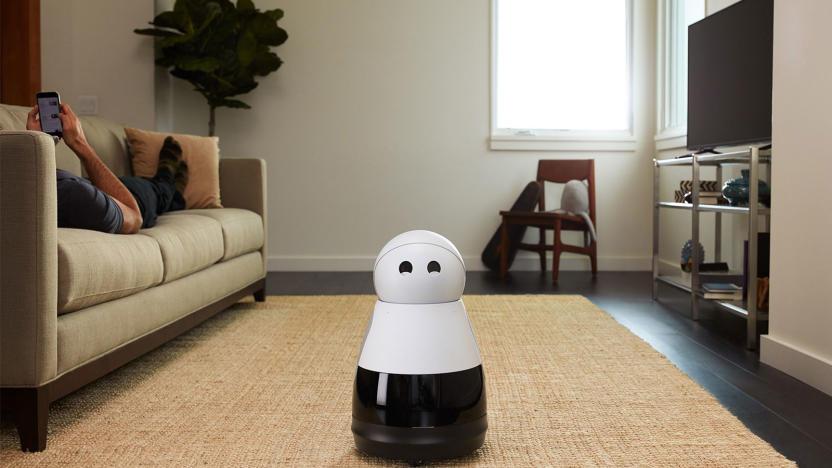
Adorable home robot Kuri is being discontinued
Cute mechanical companion Kuri is no more. In a blog post published today, manufacturer Mayfield Robotics said that operations have been paused while it evaluates the company's future, and that pre-orders of the adorable home robot will not be filled (all pre-order deposits will be refunded).
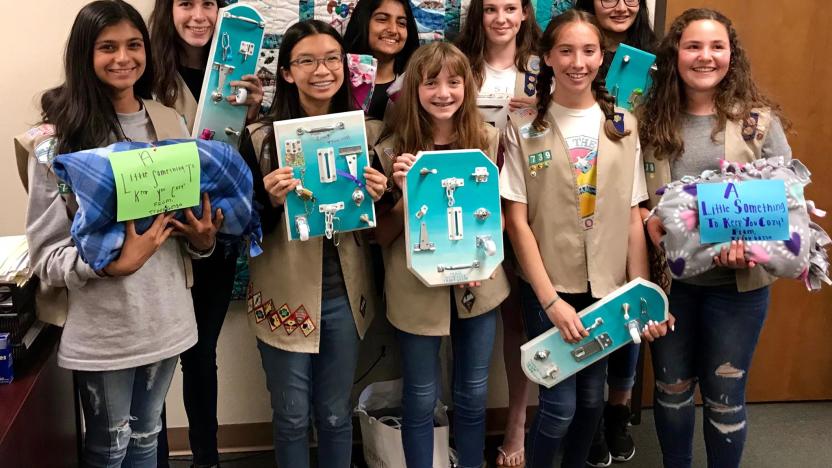
Girl Scouts add badges for cybersecurity and the environment
The US Girl Scouts campaign to promote STEM education is advancing to its next logical step: even more badges. The organization is introducing 30 new badges that promise to foster scientific and computer know-how across the Scouts' age groups. Younger members from kindergarten to grade 5 can earn badges for topics like cybersecurity (particularly online privacy and safety) and space science, while older Scouts can learn to design and program robotics as well as prepare for college. And regardless of age, they can earn Environmental Stewardship badges that teach them to care for the planet.
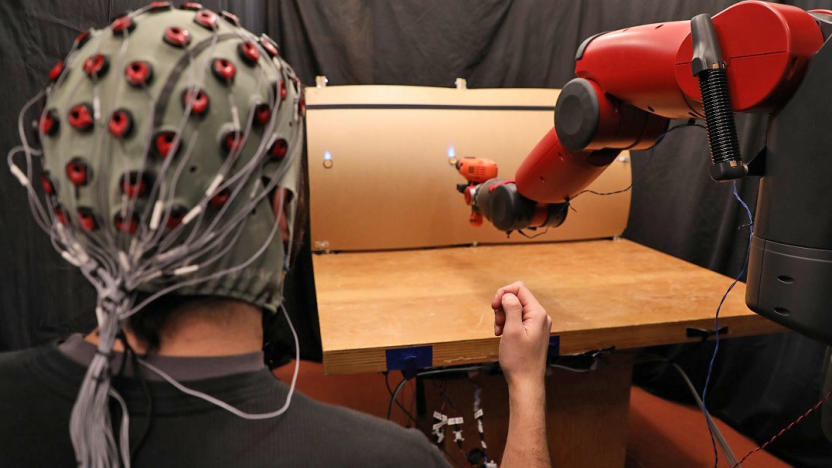
MIT uses brain signals and hand gestures to control robots
Robotic technology has a staggering range of applications, but getting it to perform adequately can be a challenge, requiring specific programming based around the way humans communicate with language. But now, researchers from MIT have developed a way to control robots more intuitively, using hand gestures and brainwaves.

Self-learning robots may soon inspect nuclear sites
Some jobs are simply too dangerous for humans. Near the top of that list is nuclear cleanup -- so to keep us mere homo sapiens safe, we're sending in robots. To help improve the bots' decision making skills, scientists at the University of Lincoln have won a grant to develop artificial intelligence systems for self-learning robots deployed at nuclear sites.
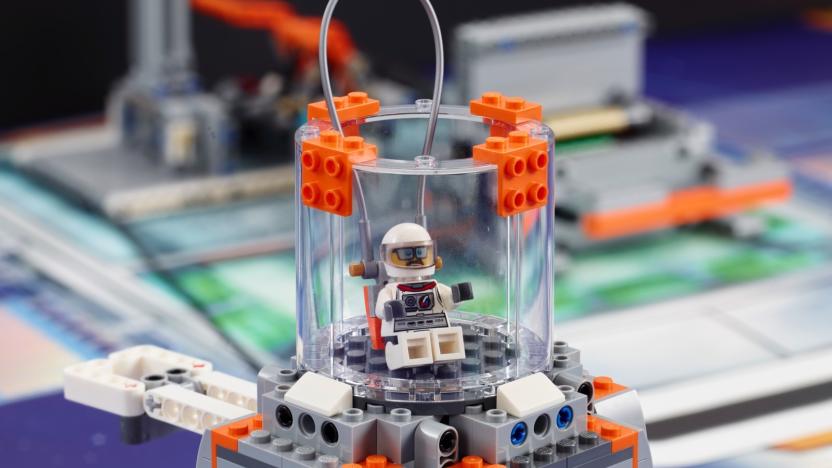
Lego League returns to space with two robotics kits for competitions
If you got excited for the Women of NASA and Saturn V rocket Lego sets, you'll dig this new offering from the building brick company from Denmark. Lego's education arm just announced two new robotic kits that can be used in the First Lego League series of robotics competitions, the Mission Moon and Into Orbit sets were designed in partnership with astronauts and space experts to celebrate the 20th anniversary of the Lego league itself.

Sony and Carnegie Mellon team up to research cooking robots
Robots might not be a novelty in the kitchen for much longer if Sony and Carnegie Mellon University have their way. They've struck an agreement that will have the two collaborating on AI and robotics research, initially focusing on food prep, cooking and delivery. They'll start by augmenting manipulation robots and will eventually develop robots customized for specific food types and the limited spaces of kitchens.
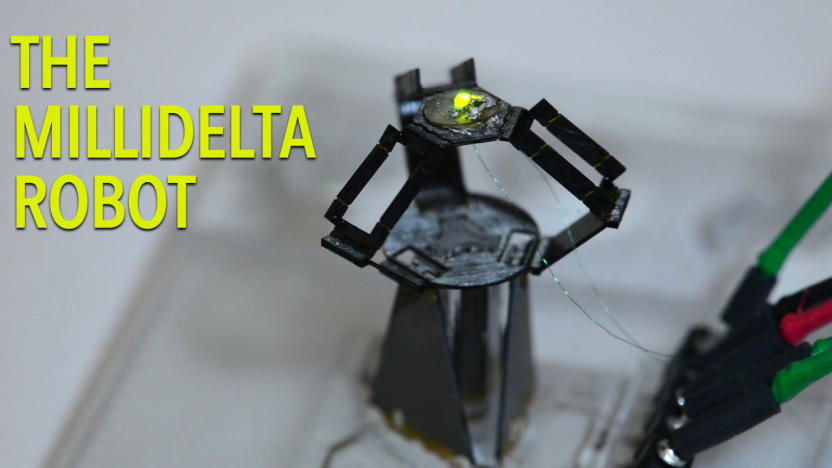
MilliDelta robot surgeon is the size of a one cent coin
Another tiny robot is gearing up to join the ranks of microsurgeons, but this one is small enough to fit in your coin purse. Inspired by pop-up books and origami, the milliDelta bot measures mere millimetres when unfolded (roughly the size of a one cent coin). But, even at that scale, the miniature helper packs flexible joints and bending, piezoelectric actuators that allow it to work with force, precision, and high speed.
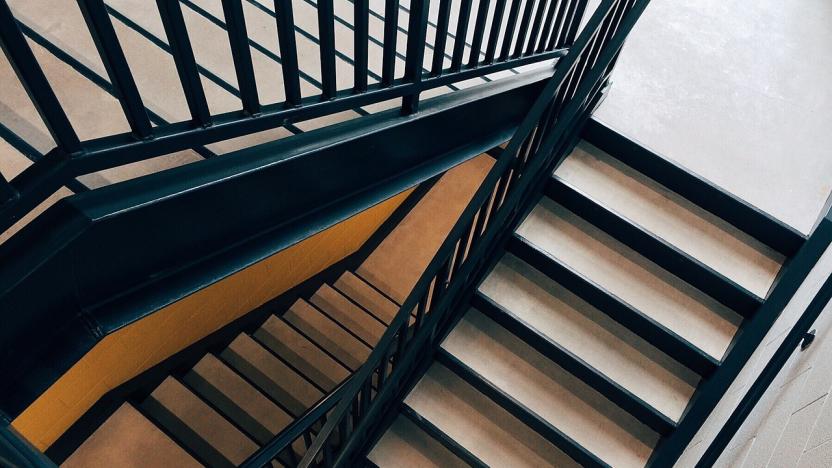
'Building-scale' VR is helping inform disaster simulations
Scaling up VR to areas larger than your living room is a focus for a number of game developers right now, but other researchers are working on expanding the size capabilities of the tech for a much more important reason: disaster management. In a lecture hosted by Microsoft, professor Katashi Nagao from the Graduate School of Informatics at Japan's Nagoya University explains how his team is reconstructing entire buildings in a VR sphere, to help occupants learn how to act in disaster scenarios such as earthquakes or flooding.
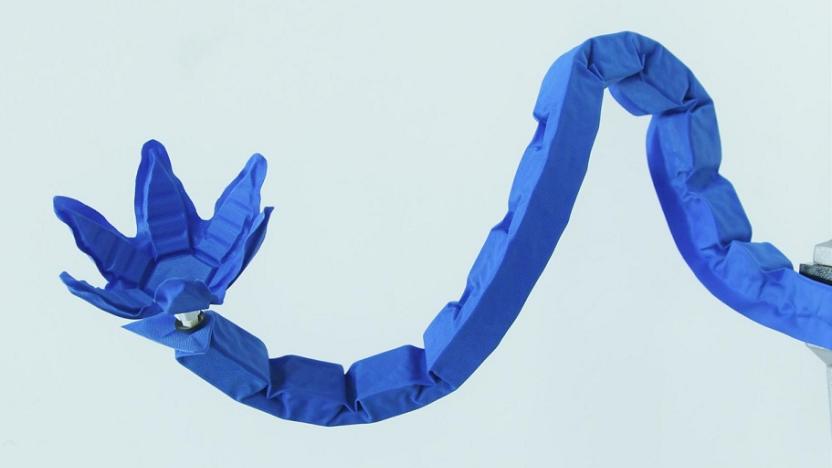
Origami-like soft robot can lift 1000 times its weight
Soft robotics allow machines to move in ways which mimic living organisms, but increased flexibility usually means reduced strength, which limits its use. Now, scientists at MIT CSAIL & Harvard have developed origami-like artificial muscles that add much-needed strength to soft robots, allowing them to lift objects as much as 1,000 times their own weight using only water or air pressure. One 2.6 gram muscle is able to lift a 3 kilogram object, which is the same as a duck lifting a car.







